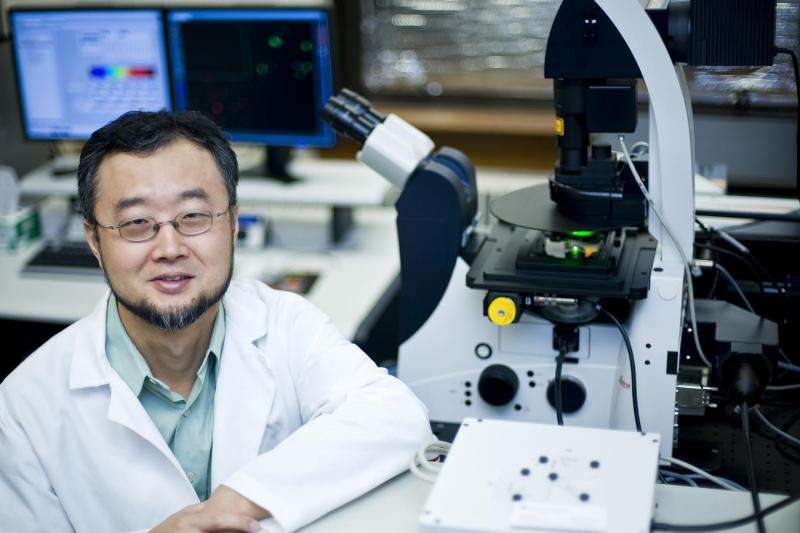Study finds vitamin A directs immune cells to the intestines

A key set of immune cells that protect the body from infection would be lost without directions provided by vitamin A, according to a recent study.
A team of researchers from Purdue University found retinoic acid, a metabolite that comes from digested vitamin A, is necessary for two of the three types of innate immune cells that reside in the intestine to find their proper place.
"It is known that vitamin A deficiencies lead to increased susceptibility to disease and low concentrations of immune cells in the mucosal barrier that lines the intestines," said Chang Kim, the professor and section head of microbiology and immunology in Purdue's College of Veterinary Medicine who led the research. "We wanted to find the specific role the vitamin plays in the immune system and how it influences the cells and biological processes. The more we understand the details of how the immune system works, the better we will be able to design treatments for infection, and autoimmune and inflammatory diseases."
Within the immune system there are two categories of cells that work together to rid the body of infection: innate immune cells, the innate lymphoid cells and leukocytes that are fast acting and immediately present to eliminate infection; and adaptive immune cells, the T-cells and B-cells that arrive later, but are specific to the pathogen and more effective at killing or neutralizing it.
All innate immune cells are produced in the bone marrow, but eventually populate other areas of the body. Innate lymphoid cells, which include the group studied by Kim, are present in barrier tissues. While it is known that innate lymphoid cells are concentrated in the intestines, it has been unknown how these cells find their way there, Kim said.
Innate lymphoid cells first gather in the lymph nodes before traveling to their final destination, and this is where retinoic acid acts upon two of the three subsets destined for the intestines. Kim and his team found that retinoic acid activates specific receptors in the cells that act as homing devices for the intestines. As the innate immune cells then travel through the circulatory system, the receptors grab onto and bind to molecules in the intestines and keep the cells in place, he said.
"It is important that these cells be concentrated in mucosal barrier tissues, as opposed to scattered throughout the body, because these tissues are the point of entry for many infections from bacteria, viruses and parasites," Kim said. "Now that we have established the system of migration for these cells, we can play with it a little and see what changes the behavior and function of the cells."
A paper detailing the results of the study, which was performed using both cell cultures and mice, will be published in the July 21 issue of the journal Immunity and is currently available online.
In addition to Kim, co-authors of the paper include Myung H. Kim, a graduate student in the Department of Comparative Pathobiology, and Elizabeth J. Taparowsky, a professor of biological sciences.
In a healthy system, these innate immune cells reside under the epithelial cell barrier that lines the intestine. When a pathogen arrives and penetrates the epithelial barrier, innate immune cells are already there, lying in wait. Innate immune cells sound the alarm for the broader immune response and attack the pathogen to keep it from penetrating farther into the tissue or reaching the bloodstream, Kim said.
In earlier work Kim found that vitamin A also regulates the migration of T-cells.
"It is interesting that both innate and adaptive immune cells share a vitamin A-regulated pathway for migration," he said. "However, there are distinct differences and programs that regulate the migration of the different types of cells and even subsets within them."
This is not the only vitamin known to regulate the migration of immune cells. Vitamin D has been shown to work in a similar way to guide immune cells to the skin, Kim said.
"We all know that what we eat significantly affects our overall health and immunity," he said. "While there are other important regulators of immune system function, the role vitamins play is significant. How this works on a molecular level is a growing field of study."
Foods rich in vitamin A include sweet potatoes, carrots, pumpkin, spinach, mango, cantaloupe and apricots, according to the U.S. Department of Health and Human Services.
Kim next plans to study in greater detail the molecular pathways involved in the migration of innate lymphoid cells to the intestine and other organs.

















